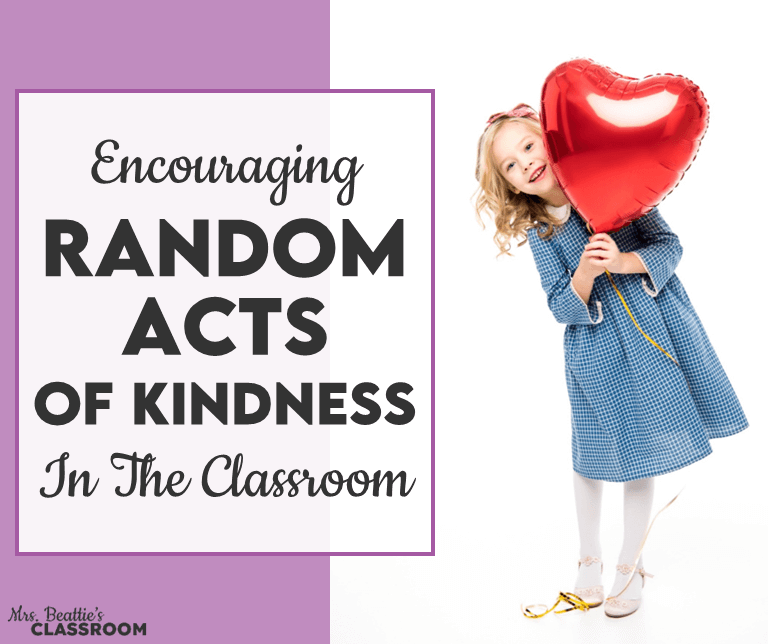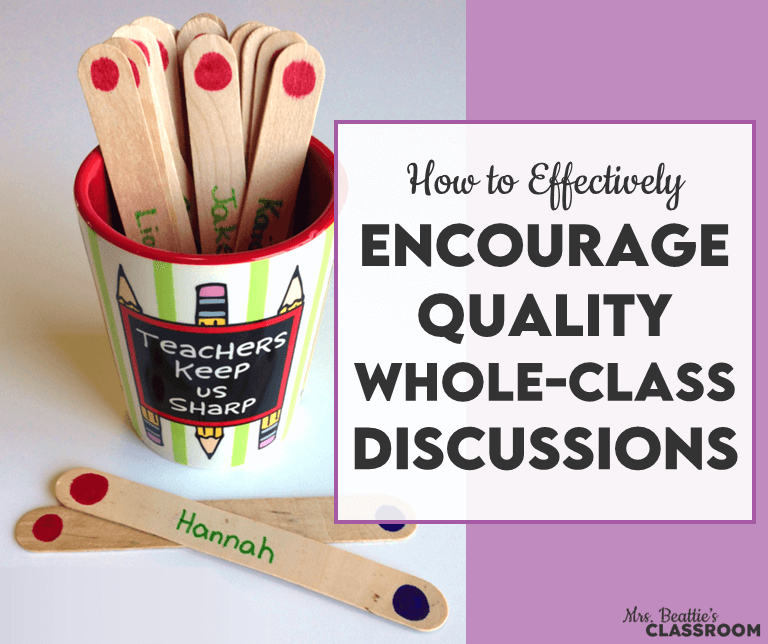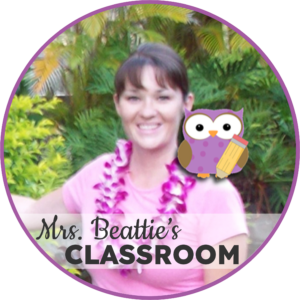Creating effective classroom routines takes time. A lot of time, if you’re working with younger students or students with special learning needs, but even in the general-education classroom, using simple visuals can simplify learning new routines.
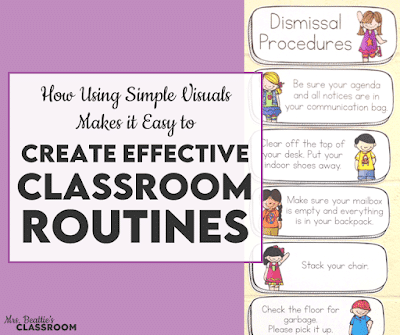
What are visuals?
Visuals used in classrooms can take on many forms. They can include, but are not limited to:
- Picture symbols
- Anchor charts
- Reference cards
- Infographics
- Models
- Maps
Visuals are a method by which teachers can share their expectations beyond the repetition of verbal instructions. They have very different meanings and uses in special education programs, but I will focus on general-education classrooms, which I have taught for my entire career.

Why use simple visuals in the classroom?
Visuals in the general-ed classroom are a way to support students who require additional reminders and a way to put some of the responsibility for following procedures and routines on the students.
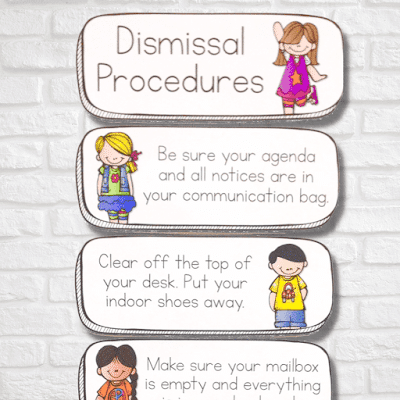
When students are taught a procedure or classroom routine alongside a visual, they anchor their learning to that visual cue and can return to it repeatedly, as needed. Having these displays takes the job of repeating instructions again and again off of the teacher’s shoulders.
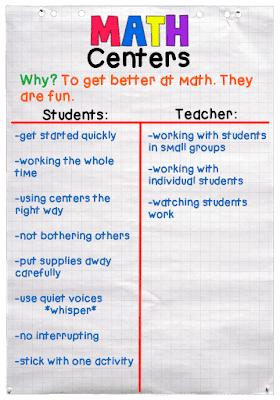
Strong visuals are the foundation of my guided math program, reducing the number of interruptions I get when teaching my small-group lessons. These visual cues taught my students how to manage their centers independently, so now they can work through the routine without my direct supervision.
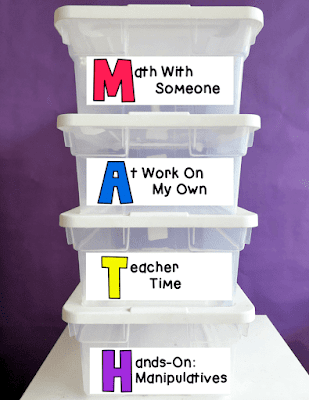
What classroom routines would benefit from visual cues?
Depending on the grade and subjects you teach, the possibilities for using visuals in your classroom are nearly limitless! Just a few of the visuals I’ve used in my classrooms include:
- A classroom schedule or agenda display
- Anchor charts
- Early finisher options
- A social-emotional health check-in
- Behavior expectations
I’ve put together a cheat sheet of more than 10 ways to use visuals to create effective classroom routines and hyperlinked a ton of additional resources and blog posts just for you!
Grab your copy here:
Visuals themselves will not make your routines effective, but they are an essential strategy for developing your students’ independence. Your students will still need to be explicitly taught what you expect, but having these alongside definitely supports their learning!
If you have enjoyed this post, please share it with friends and colleagues on Facebook or pin it on Pinterest:


